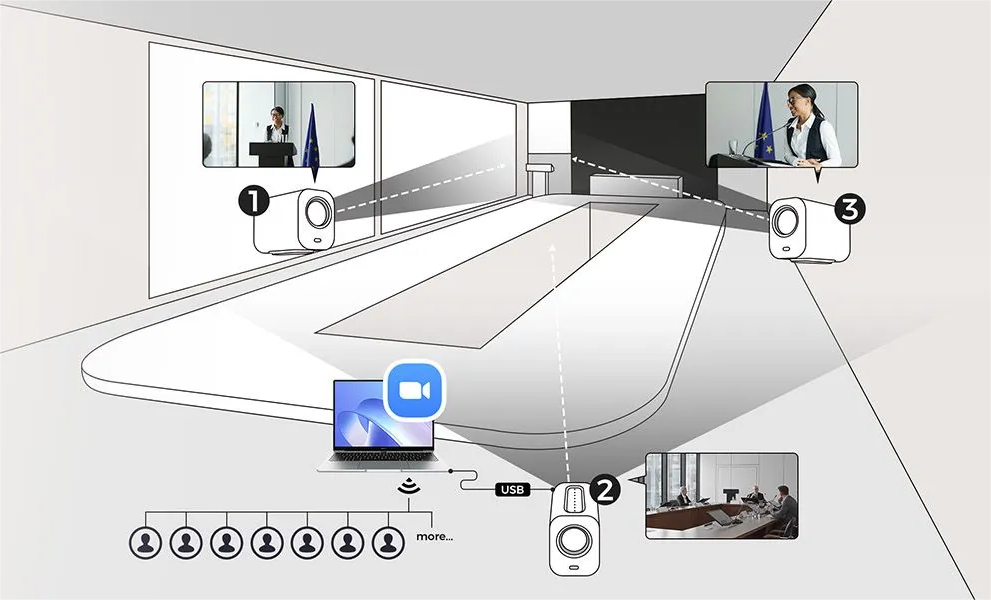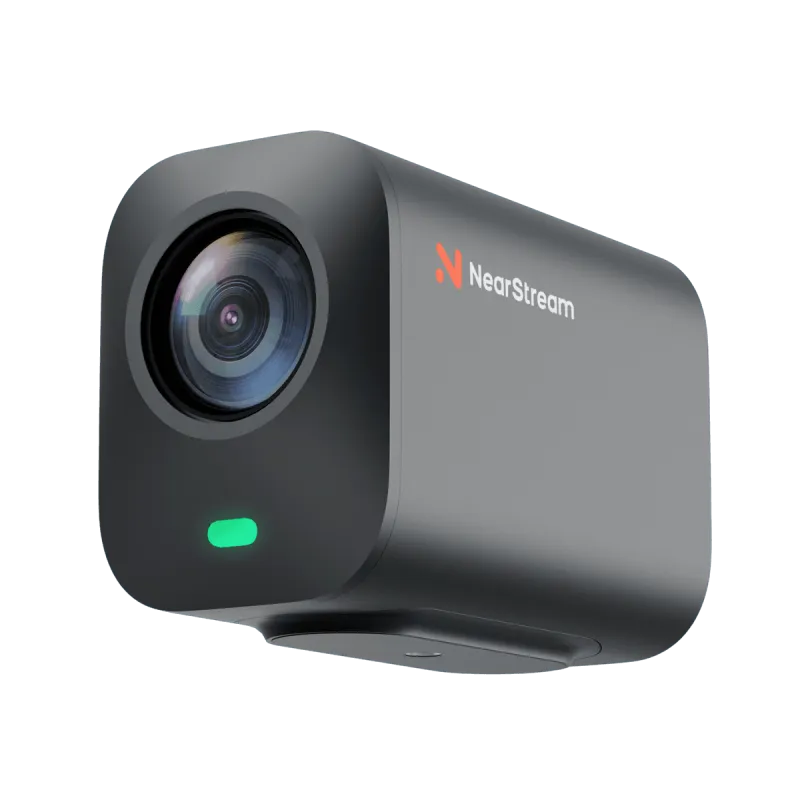What is a Virtual Shareholders Meeting?
A virtual shareholders meeting is a digital event where a company's shareholders convene over the internet rather than in a physical location. These meetings allow shareholders to participate remotely, using video conferencing tools, voting platforms, and other online technologies. Virtual shareholders meetings have become increasingly popular due to their convenience, cost-effectiveness, and ability to reach a broader audience.
Virtual shareholders meetings have the same legal validity as in-person meetings. So, what are the legal requirements for virtual shareholders meetings? Let's find out together!

The Legal Requirements of Virtual Shareholders Meetings
Here are the legal requirements you need to consider when holding a virtual shareholders meeting:
Compliance with Corporate Laws:
- Ensure the virtual meeting format is allowed under the corporate laws of the company's jurisdiction.
- Verify that the company's bylaws or articles of incorporation permit virtual meetings.
Notification and Consent:
- Provide adequate notice to all shareholders, typically in the same manner as physical meetings.
- Obtain consent from shareholders if required by law or company bylaws.
Verification of Attendance:
- Implement a system to verify the identity of shareholders attending the virtual meeting.
- Ensure only authorized individuals have access to the meeting.
Voting Procedures:
- Establish a secure and reliable method for shareholders to cast their votes electronically.
- Ensure that voting results can be verified and audited.
Record Keeping:
- Maintain accurate records of the meeting, including attendance, voting results, and any resolutions passed.
- Ensure that minutes of the meeting are recorded and stored as required by law.
Accessibility:
- Ensure that the virtual meeting platform is accessible to all shareholders, including those with disabilities.
- Provide necessary accommodations to ensure full participation.
Data Security and Privacy:
- Implement measures to protect the confidentiality and integrity of the meeting data.
- Comply with data protection regulations to safeguard shareholders' personal information.
Technical Support:
- Provide technical support to assist shareholders with accessing and participating in the virtual meeting.
- Ensure a backup plan is in place in case of technical difficulties.
By following these legal requirements, companies can ensure that their virtual shareholders meetings are compliant, secure, and effective. This ensures that all participants can engage confidently and that the meeting proceeds smoothly. Now, let's explore the essential setups needed for successful virtual shareholders meetings.

The Setups of Virtual Shareholders Meetings
Following are some important setups of virtual shareholders meetings:
Video and Audio Equipment:
- Camera: High-quality webcam or a professional camera like the NearStream VM33 for clear video, which is an all-in-one wireless live streaming multicam solution for enterprise with an optical lens, perfect for streamers seeking a second camera or for recording online meetings, entire church, wedding, sports, conference, or any live events. It can livestream academic lectures, company's townhaff meetings, quarterly meetings, shareholder meetings, PR events - all-hands meetings redefined!

- Microphone: External microphone for superior sound quality.
- Speakers: Good quality speakers or headphones for clear audio reception.
Computer and Software:
- Computer: Reliable computer or laptop with sufficient processing power and internet connectivity.
- Video Conferencing Software: Platforms like Zoom, Microsoft Teams, or WebEx for hosting the meeting.
- Voting Software: Secure electronic voting system integrated with the conferencing software.
Internet Connection:
- High-Speed Internet: Stable and high-speed internet connection to prevent interruptions.
- Backup Connection: Secondary internet source in case of primary connection failure.
Recording and Archiving:
- Recording Device: Use the conferencing software’s recording feature or an external device.
- Storage: Cloud storage or external hard drive to store the recorded meeting.
Security Measures:
- Secure Network: Use a VPN for secure internet connections.
- Encryption: Ensure the video conferencing platform supports end-to-end encryption.
- Access Control: Password-protect the meeting and use waiting rooms to control entry.
Technical Support:
- IT Support Team: On-call technical support to assist with any technical issues during the meeting.
- Test Runs: Conduct test meetings to ensure all equipment and software function correctly.
Now that we've covered the essential setups needed for virtual shareholders meetings, let's figure out how to use these tools to run a successful virtual shareholders meeting.
How to Run Virtual Shareholders Meetings
Running a successful virtual shareholders meeting can be quite challenging. Let's go over the steps and see how exactly we should run a virtual shareholders meeting.

Preparation Phase:
- Set Agenda: Define the meeting agenda and topics to be discussed.
- Notify Shareholders: Send out meeting notices with date, time, and virtual meeting details.
- Prepare Documents: Compile and distribute meeting materials such as reports, resolutions, and voting instructions.
Technical Setup:
- Test Equipment: Ensure cameras, microphones, and internet connections are working properly.
- Select Platform: Choose a reliable video conferencing platform like Zoom or Microsoft Teams.
- Access Control: Set up meeting passwords and enable waiting rooms for security.
Starting the Meeting:
- Introduction: Welcome attendees and introduce the meeting's objectives and agenda.
- Housekeeping: Review meeting protocols, voting procedures, and technical support availability.
- Participant Roll Call: Verify attendees and ensure a quorum if necessary.
Conducting the Meeting:
- Presentations and Reports: Share screen for presentations and discuss financial reports or other agenda items.
- Q&A Session: Allow shareholders to ask questions or provide comments using chat or microphone.
- Voting: Conduct electronic voting on resolutions using secure voting software integrated with the conferencing platform.
Managing Discussions:
- Time Management: Stick to the agenda and ensure discussions remain focused and on schedule.
- Facilitate Engagement: Encourage participation and ensure all voices are heard.
- Moderation: Manage discussions to maintain order and fairness.
Closing the Meeting:
- Summarize Decisions: Recap decisions made and any actions agreed upon during the meeting.
- Next Steps: Outline follow-up actions and responsibilities.
- Thank Participants: Express gratitude to attendees for their participation and contributions.
Post-Meeting Tasks:
- Minutes: Record meeting minutes detailing discussions, decisions, and actions taken.
- Follow-Up: Distribute minutes, resolutions, and any follow-up materials to shareholders.
- Feedback: Solicit feedback from attendees to improve future virtual meetings.
Through these guides, you can effectively organize and run a virtual shareholders meeting that is efficient, engaging, and compliant with corporate governance requirements.

ref: https://www.jonesday.com/en/insights/2020/03/georgia-permits-virtual-shareholder-meetings
Conclusion
Virtual shareholders meetings are the future of corporate engagement—combining convenience with legal compliance and robust technology. With the right equipment and adherence to legal requirements, companies can host meetings that are accessible, interactive, and effective. Embrace the digital era to connect shareholders worldwide seamlessly, ensuring everyone has a voice and decisions are made with clarity.
The NearStream VM46 is a 4K all-in one wireless live streaming multicam with an optical lens, perfect for streamers seeking a second camera or for recording entire church, wedding, sports, conference, online meetings or any live events. If you're not aiming for 4K resolution, the 2K version of NearStream33 offers better value for money.














































